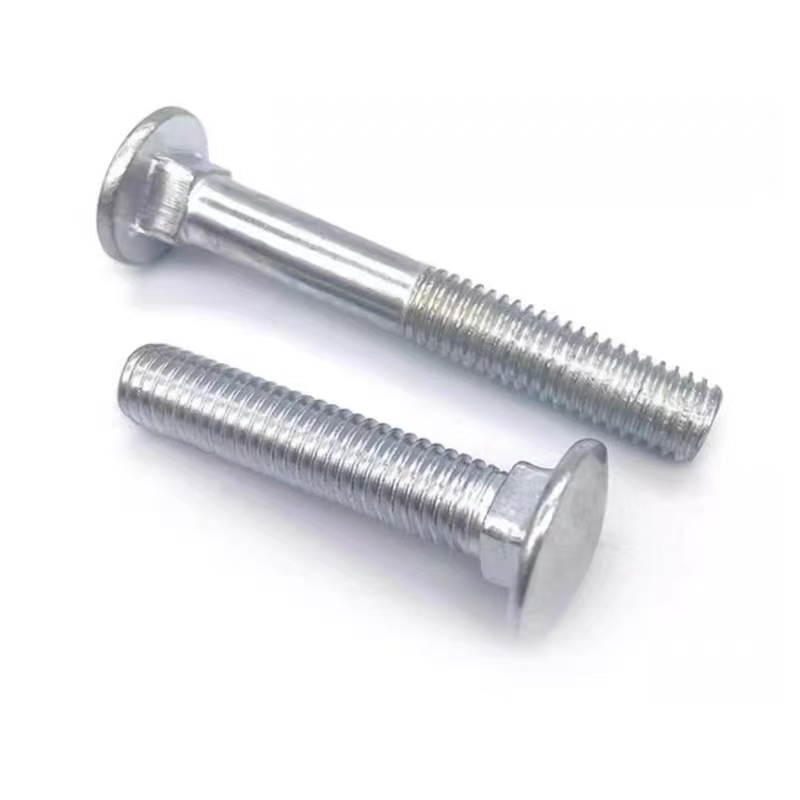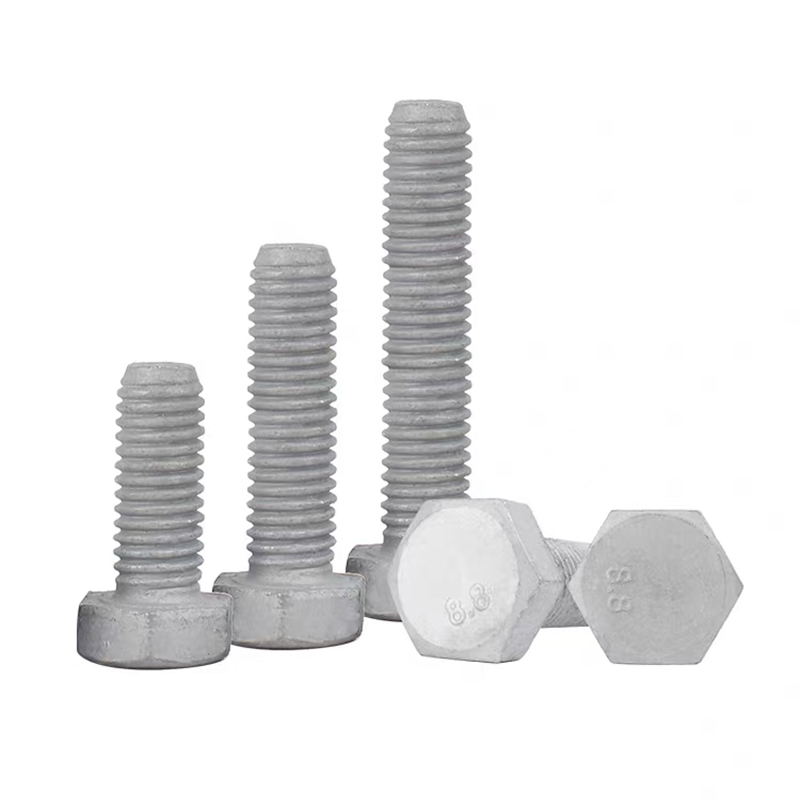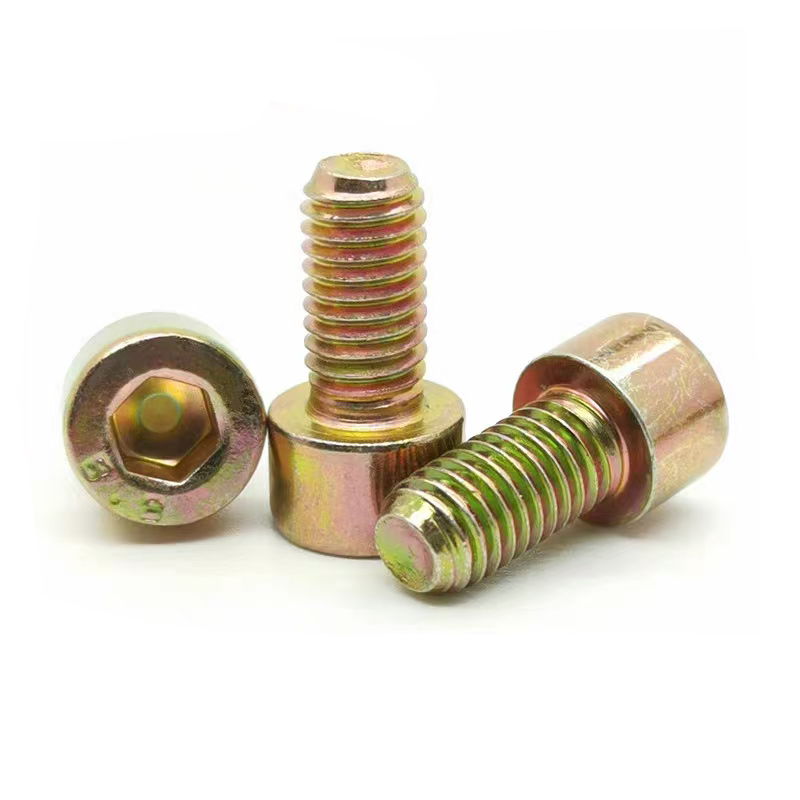- Chinese
- French
- German
- Portuguese
- Spanish
- Russian
- Japanese
- Korean
- Arabic
- Irish
- Greek
- Turkish
- Italian
- Danish
- Romanian
- Indonesian
- Czech
- Afrikaans
- Swedish
- Polish
- Basque
- Catalan
- Esperanto
- Hindi
- Lao
- Albanian
- Amharic
- Armenian
- Azerbaijani
- Belarusian
- Bengali
- Bosnian
- Bulgarian
- Cebuano
- Chichewa
- Corsican
- Croatian
- Dutch
- Estonian
- Filipino
- Finnish
- Frisian
- Galician
- Georgian
- Gujarati
- Haitian
- Hausa
- Hawaiian
- Hebrew
- Hmong
- Hungarian
- Icelandic
- Igbo
- Javanese
- Kannada
- Kazakh
- Khmer
- Kurdish
- Kyrgyz
- Latin
- Latvian
- Lithuanian
- Luxembou..
- Macedonian
- Malagasy
- Malay
- Malayalam
- Maltese
- Maori
- Marathi
- Mongolian
- Burmese
- Nepali
- Norwegian
- Pashto
- Persian
- Punjabi
- Serbian
- Sesotho
- Sinhala
- Slovak
- Slovenian
- Somali
- Samoan
- Scots Gaelic
- Shona
- Sindhi
- Sundanese
- Swahili
- Tajik
- Tamil
- Telugu
- Thai
- Ukrainian
- Urdu
- Uzbek
- Vietnamese
- Welsh
- Xhosa
- Yiddish
- Yoruba
- Zulu
- Kinyarwanda
- Tatar
- Oriya
- Turkmen
- Uyghur

China grafoil gasket
Understanding China Grafoil Gaskets: Insights from the Field
China grafoil gaskets have become a staple in industries requiring reliable sealing solutions. Yet, misconceptions persist. Let's delve into the real-world usage and insights that come from years of industry experience.
Grafoil Gaskets in Industrial Applications
From my time in the field, grafoil gaskets stand out in high-temperature and pressure environments. Their versatility is often underestimated, perhaps due to the ubiquity of alternative materials. But once you see them in action, especially in challenging conditions, the benefits are clear.
These gaskets excel in providing a tight seal, crucial in industries like petrochemicals and power generation. I've seen firsthand how their structure adapts to irregular flange surfaces, a factor that often tips the balance in their favor during material selection.
The question I often hear is about performance under extreme conditions. I remember a case where a facility faced repeated failures with non-grafoil materials. Switching to grafoil gaskets from a trusted supplier revolutionized their maintenance cycle. It was a game-changer in reducing downtime.
The Manufacturing Perspective
At Handan Zitai Fastener Manufacturing Co., Ltd., located in the heart of China's largest standard part production base, the focus is on quality and availability. Their strategic location in Yongnian District, Handan City, ensures easy access and shipping, bolstered by nearby major highways and railways.
This logistical advantage often translates to shorter lead times, an aspect often overlooked until supply chain constraints hit projects unexpectedly. It's a reminder of the unseen value that location can add to manufacturing capabilities.
What's fascinating is how the proximity to infrastructure impacts not just delivery speed but also cost efficiency. It's a subtle factor that frequently surfaces during procurement discussions.
Choosing the Right Gasket Material
Selecting the right gasket is not just about the spec sheet. It involves understanding the application nuances. I've been in rooms where engineers debate for hours about the best material, weighing thermal resistance against cost.
Grafoil, with its ability to withstand high temperatures, often emerges as a favorite. Yet, there's always the trade-off between cost and performance. Seasoned professionals know the key is in the balance, ensuring neither aspect is compromised unduly.
Trial and error play a part too. I recall a project where initial material choices led to weeks of rework until the right grafoil blend was finally specified. It served as a stark lesson in thorough initial assessments.
Maintenance and Longevity
Maintenance teams appreciate the longevity of grafoil gaskets. They tend to outlast many alternatives, which was a significant factor in projects I’ve overseen. Regular inspection and occasional tweaks can extend their life even further, a detail that often gets passed over in haste.
There's a belief that since grafoil gaskets are robust, they require no attention. That's far from reality. Proactive maintenance ensures they perform as expected over longer periods, which ultimately aligns with cost-saving objectives.
In a memorable instance, failing to adhere to a scheduled maintenance plan led to a costly shutdown. It's an experience that underscores the importance of diligence and routine checks.
Quality Assurance and Supplier Reliability
Finally, it's crucial to consider the reliability of suppliers. Handan Zitai Fastener Manufacturing Co., Ltd. exemplifies this with their focus on quality assurance (check their offerings at their website). Their reputation is built on consistent delivery of high-standard products, which is a valuable asset in any project's success.
Their emphasis on maintaining stringent quality checks has been evident during supplier audits. It speaks volumes about the importance of partnering with suppliers who not only meet but exceed industry standards.
Ensuring a reliable supply chain is just as important as selecting the correct gasket material. It's a lesson learned from numerous projects: the right partner can make or break a project's timeline and budget.
Related products
Related products
Best selling products
Best selling products-
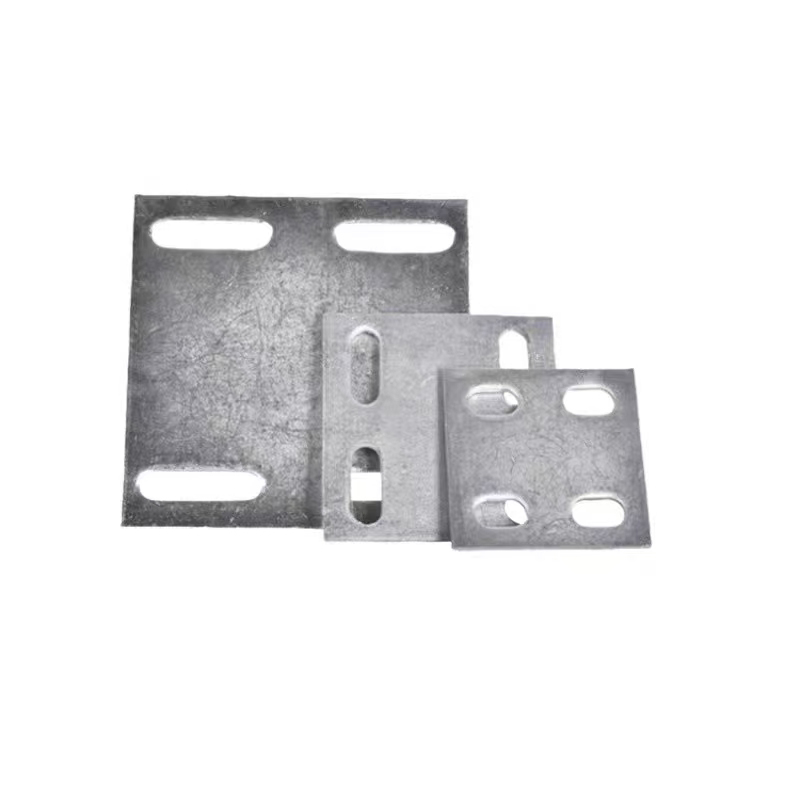 Hot-dip galvanized embedded plate
Hot-dip galvanized embedded plate -
 Stud bolts
Stud bolts -
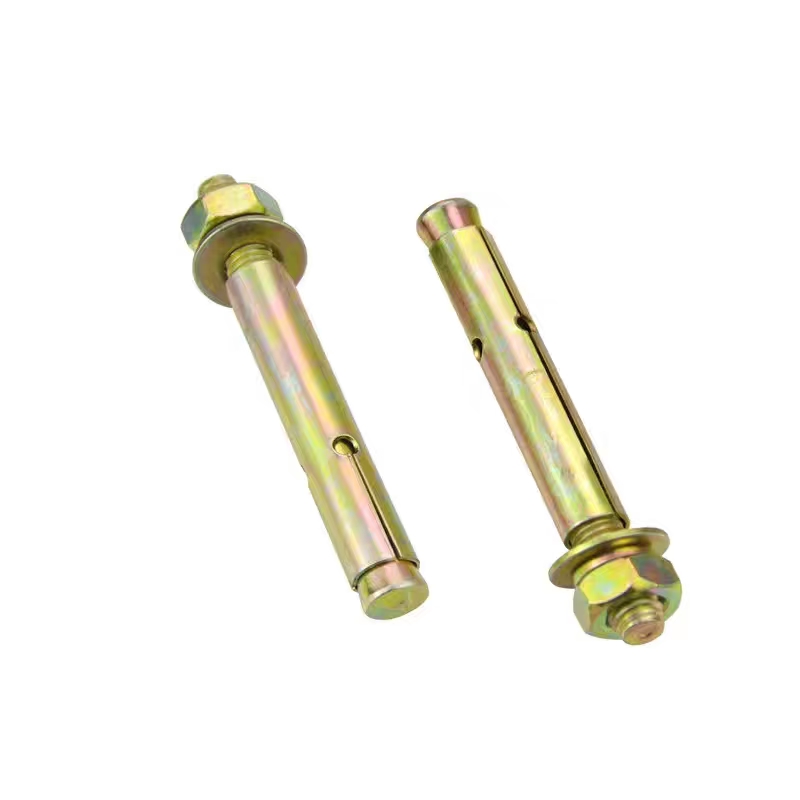 Colored zinc-plated expansion bolts
Colored zinc-plated expansion bolts -
 Colored zinc-plated cross countersunk drill thread
Colored zinc-plated cross countersunk drill thread -
 Electroplated galvanized flange nut (flange face nut)
Electroplated galvanized flange nut (flange face nut) -
 Black zinc plated hexagonal bolts
Black zinc plated hexagonal bolts -
 Welding nut (welding nut)
Welding nut (welding nut) -
 7-shaped anchors (7-shaped anchor bolts)
7-shaped anchors (7-shaped anchor bolts) -
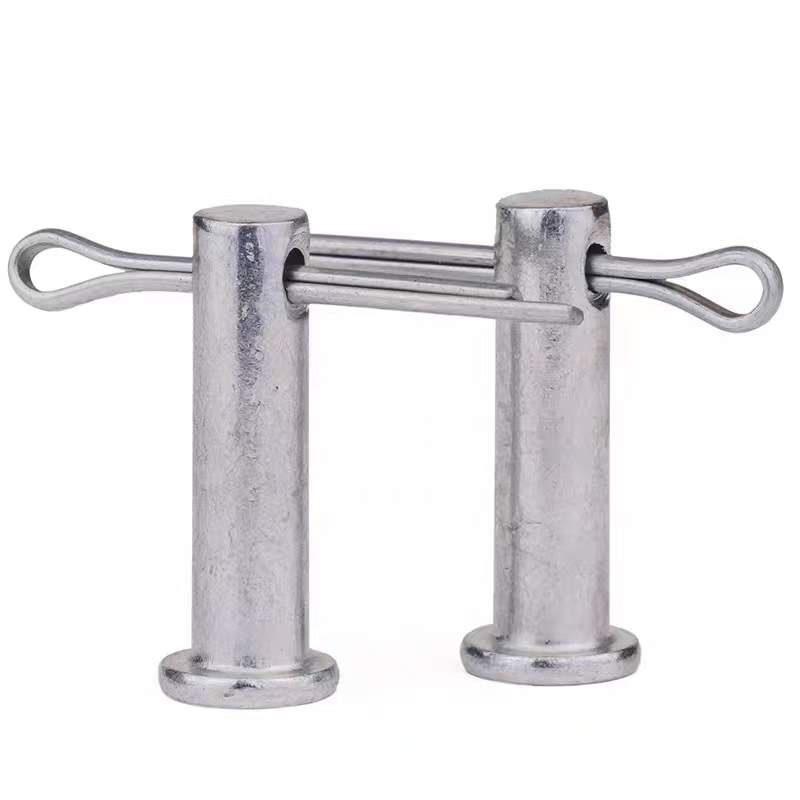 Electrogalvanized pins
Electrogalvanized pins -
 Electrogalvanized cross countersunk drill thread
Electrogalvanized cross countersunk drill thread -
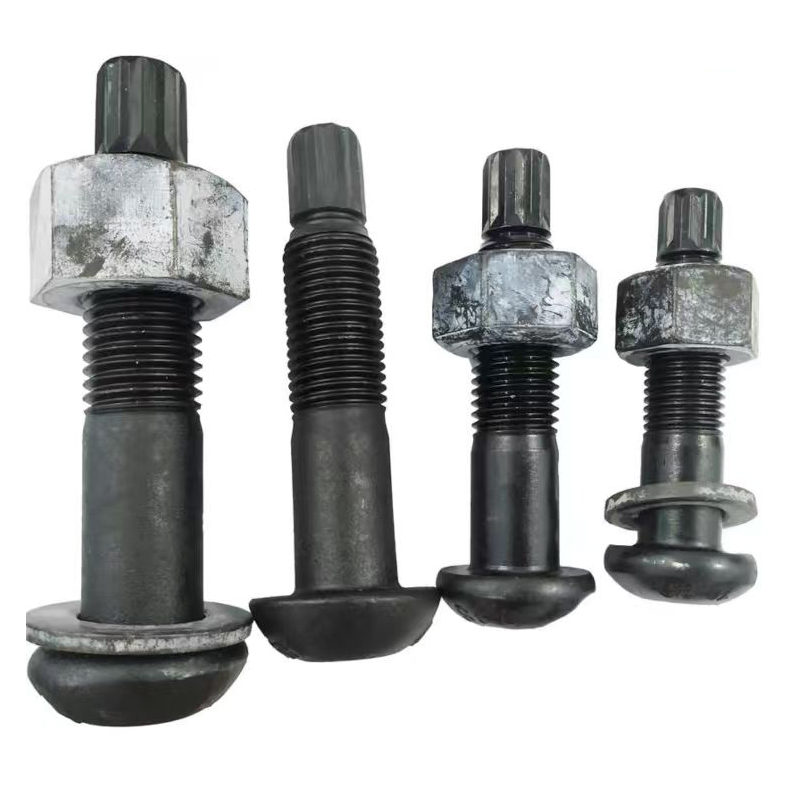 10.9S Torsion Shear Bolts
10.9S Torsion Shear Bolts -
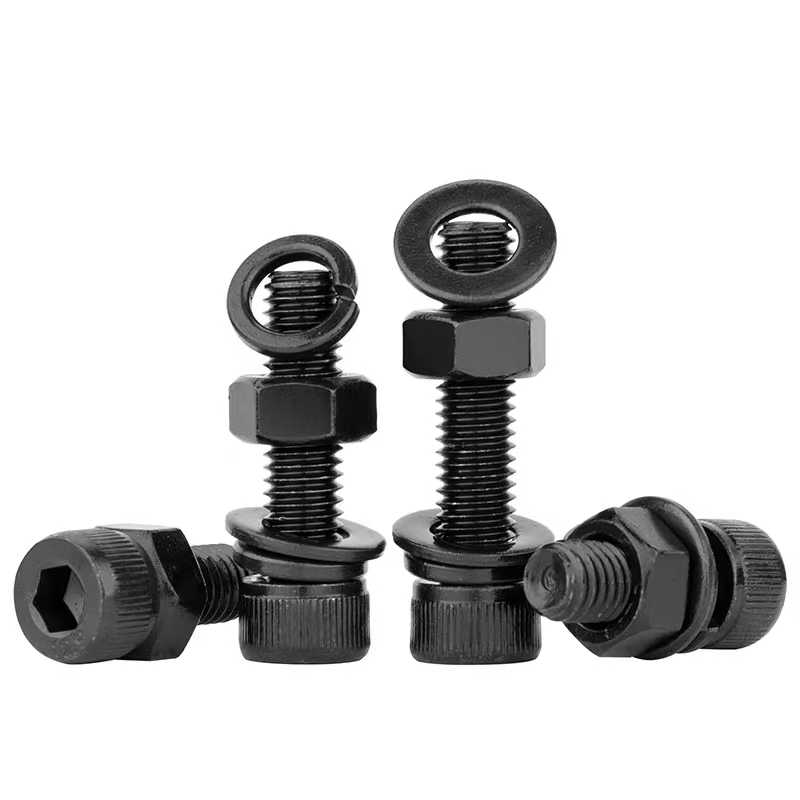 Hexagon socket black zinc-plated bolts
Hexagon socket black zinc-plated bolts



